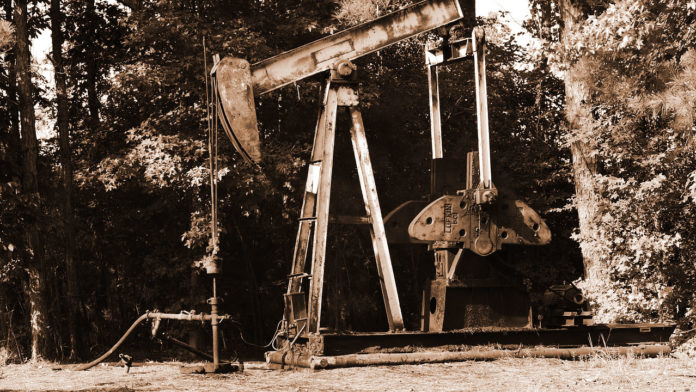Abandoned oil wells are an environmental hazard, and the cost of cleanup and land restoration is so high that many companies shrug off the responsibility and pay a compensation fee to landowners instead of decommissioning them properly. There are over 75,000 inactive wells on record in Alberta alone.
But Hinton, an Alberta town near the Rockies and west of Edmonton, has a plan to convert theirs into geothermal energy hubs.
The University of Alberta is partnering with Hinton and Epoch Energy to retrofit inactive wells, with hopes of generating megawatts of sustainable power for the community, all while creating jobs for the highly skilled local oil and gas workers that are currently out of work.
Geothermal is a sustainable and clean energy source that takes the natural heat from the Earth’s crust to generate power.
The orphaned wells already drill deep into the ground, providing access to heated water that could be pumped into power generators, and later returned to the ground. Five kilometers underground, water reaches temperatures around 120oC.
This form of geothermal energy is a bit different from most ground source heat pumps, which draw on solar energy stored in the shallow surface layers of the ground. These deeper depths tap into heat generated by the Earth.
There are several questions that this pilot study will address, to see whether the plan is a feasible one. The heated water won’t be pure – it will also contain oil, salts, and heavy metals. Any one of these could prove problematic when the water is cooled during power generation. The team will need to adjust parameters like flow rates and pipe sizes to make sure everything runs smoothly. There may also be unforeseen impacts on surrounding rocks when liquid is pumped out of the well.
A bargaining system to transfer idle wells from oil and gas companies to the hands of geothermal producers will also need to be worked out, complete with legal structures for handling transfer of environmental liability.
If the team can overcome these obstacles, Hinton could make the switch to geothermal as early as 2019.








































